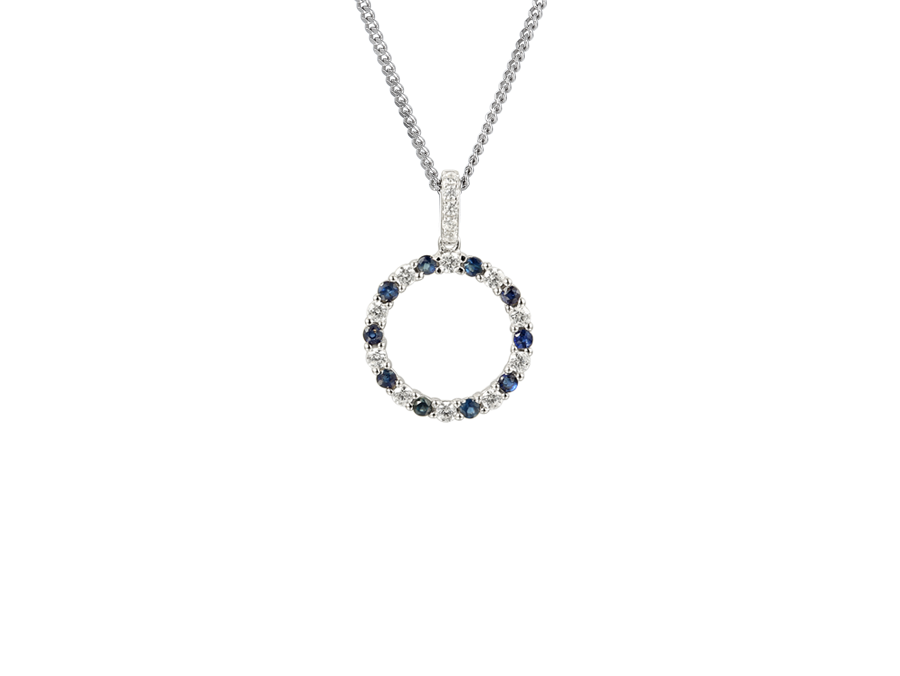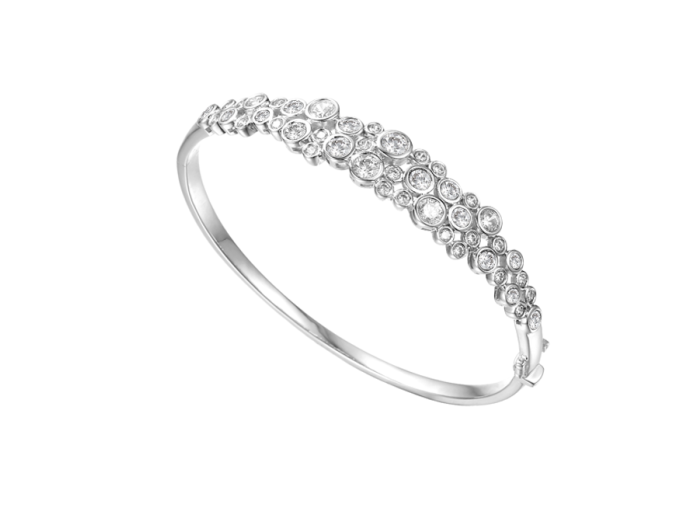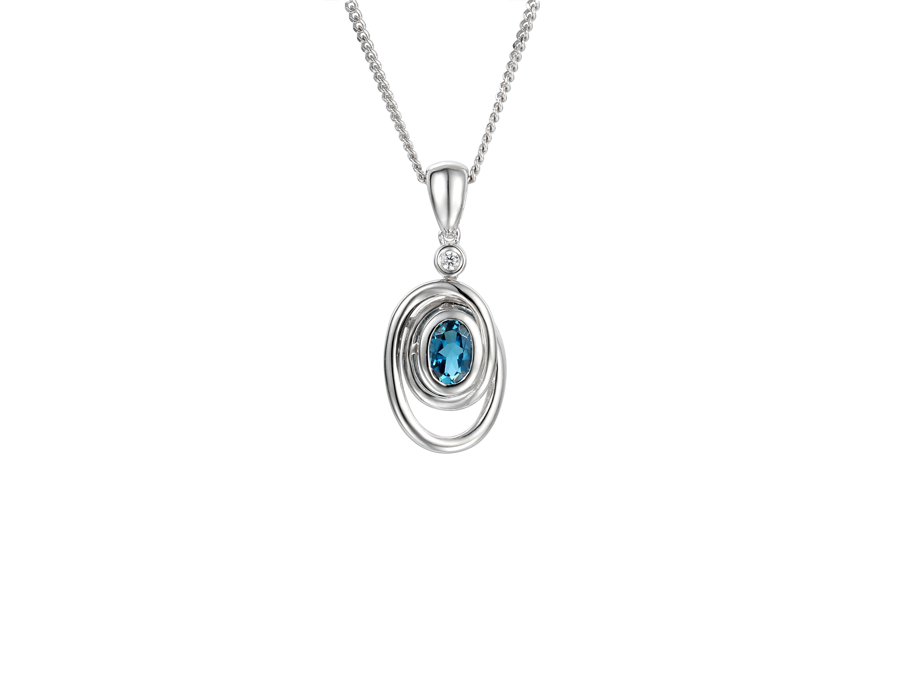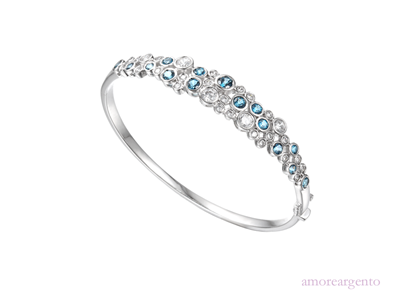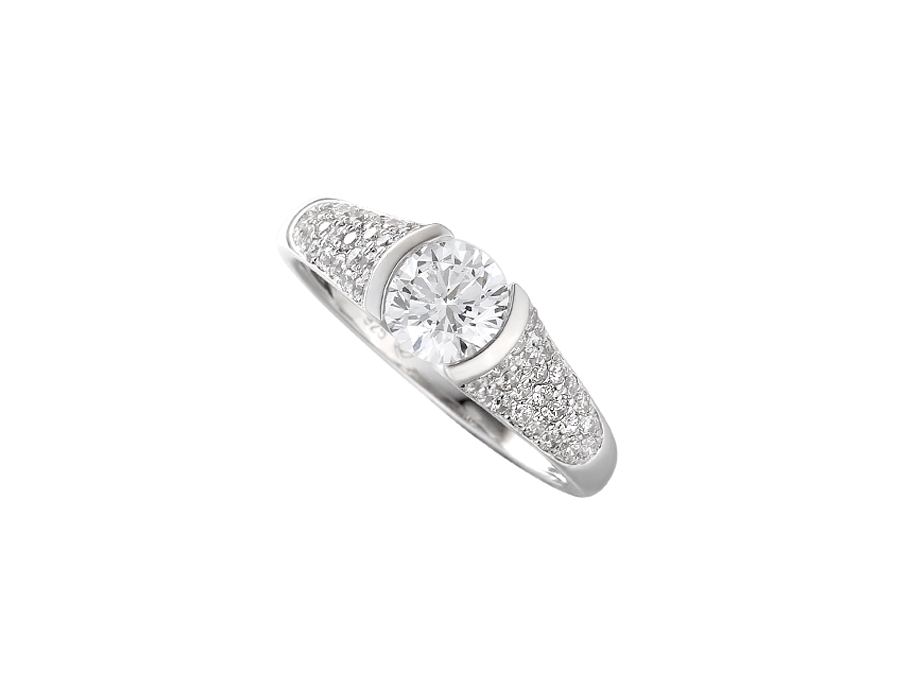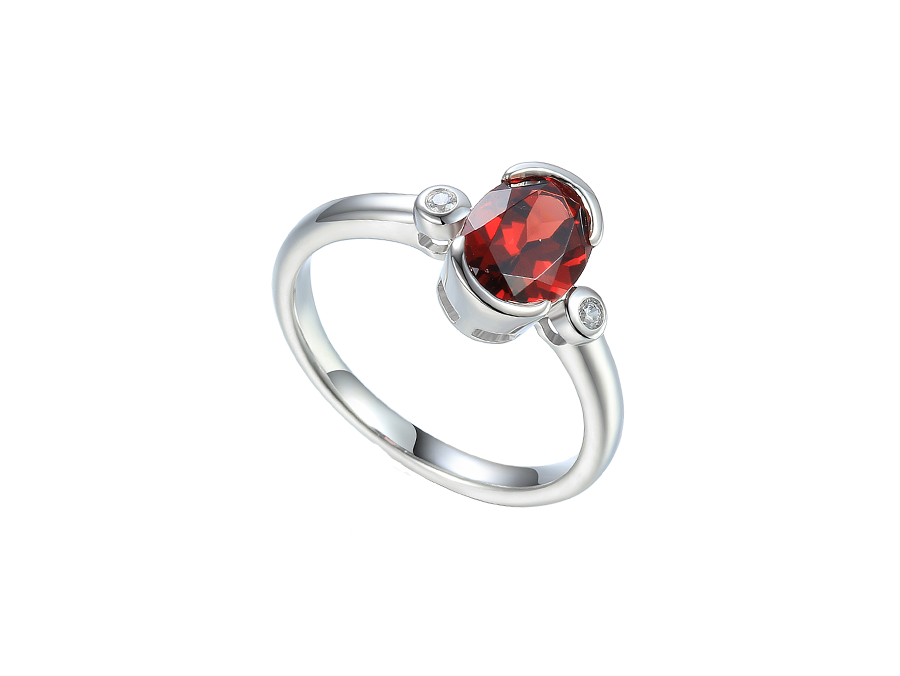We use cookies to make your experience better. To comply with the new e-Privacy directive, we need to ask for your consent to set the cookies. Learn more.
The Future Of Jewellery
When we look back at jewellery through the ages we can see that although styles have changed, and new materials have become available, the standard items of jewellery haven't changed much. All civilisations have worn necklaces and rings, and arm adornments of various types (the biggest shift in arm jewellery has been the location of the pieces – old civilisations like the Romans and Celts often wore arm cuffs above the elbow, while in the modern day it is more common to see arm jewellery around the wrist) and ear adornments of different types.
Nowadays there is a piece of jewellery for every part of the body and as body piercing continues to become more experimental you can even wear jewels planted into the skin, meaning you could have a row of surface piercings across your clavicle, down your arm or even down your back. The more daring body artists even work tattoos into creative piercings, so if you're brave enough you can have a really unique piece of body art.
Most jewellery collections focus on the main pieces that people wear – earrings, rings, necklaces and bracelets or bangles and it's unusual to find a matching nose stud or belly button ring in the same designs. We think that in the future there will be a greater diversity in the pieces each range holds, and that we will start to see body jewellery produced by the major jewellery houses as body piercing becomes more mainstream. We don't have any plans to add body piercing jewellery to our ranges just yet, but who knows what the future may hold?
3D printing is set to become the next major shift in the jewellery world. 3D printing can be applied to an ever-increasing range of materials, from food products to metal, so it is ideal for jewellery making. One of the great things about 3D printing is that designs can be easily adapted for different sizes, making rings one of the perfect jewellery articles to make using this technology. It is also easy to make bespoke products and designs, so if you want to create a piece of jewellery to commemorate an event (such as a special holiday, or a new addition to the family, even a wedding favour) you can create something that really represents that event and even customise each piece with engravings or initials.
Wearable technology is also likely to be incorporated into jewellery design, especially at the luxury end of the market. Smart watches, FitBits and other quasi-medical devices could be designed by luxury brands to make the technology appealing to the fashion forward and early adopters who don't want to look like an extra from a futuristic movie. We could see developments like phones designed as ear cuffs, so they can be worn all the time and controlled via a bracelet or ring, or perhaps even voice control. Heart rate monitors and calorie counters, or step counters and movement trackers could be designed to match fitness gear or to look like normal jewellery you could wear every day.
A UK based company, Square Circle, has developed a bangle that can function as a smart device, with the option of displaying jewellery like designs on the wraparound screen when it is not in use. This could be a great development for those who like to try out every trend, as the wrapped screen can be used to display all manner of colours and designs to match any outfit. It could also be used to display a message, such as support for a particular cause or organisation.
There will always be a place for traditional jewellery as it is a great investment and a way of storing wealth in a small form, which can easily be sold if the cash is needed. Jewellery also makes a great gift and something to be passed down the generations. Who knows in the future we might be wearing a combination of heirloom jewellery, new, on-trend pieces as well as technological pieces like phones or fitness trackers.








